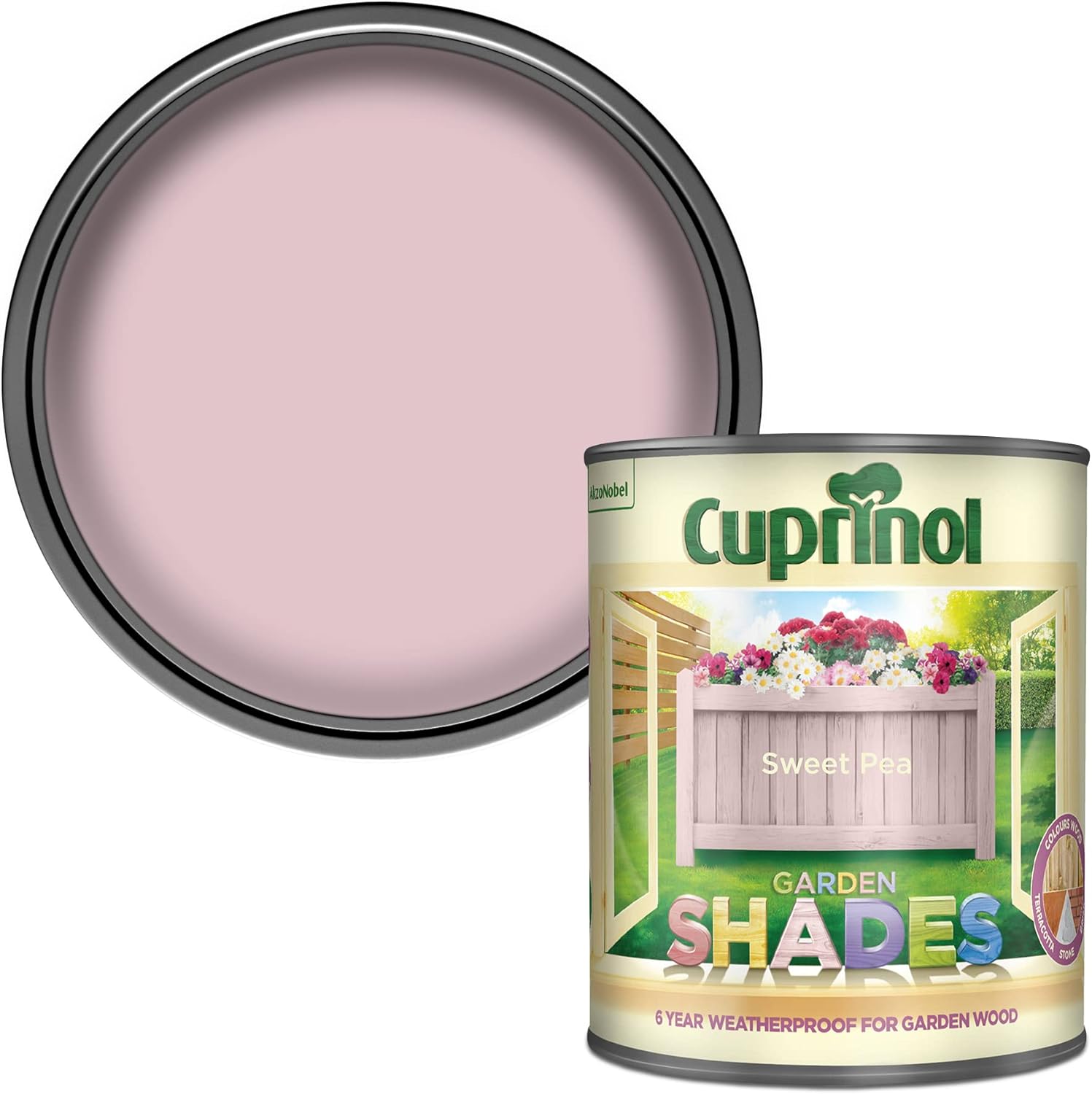About this deal
Lit: Judy Marle, ‘Jennifer Durrant, Recent Paintings’, Arnolfini Review, March–April 1979, p.2; Alister Warman, catalogue introduction for 13 Britische Künstler, eine Ausstellung über Malerei, Neue Galerie-Sammlung Ludwig, Aachen, December 1981–February 1982, and tour [p.10] You’re going to be putting a layer of pale pink on the flower next. Mix up a very pale tint of pink, and be sure you make it paler with clean water rather than with white paint. The artist made no finished preliminary sketches before starting on T03305 and T03306 but experimented with small coloured arrangements on paper. For the paintings, she employed a variety of techniques; some areas were freely painted (for example the blue central shape in ‘Other Cloud...’), whereas for the “tear” or drop shapes and for the spiral in ‘Sweet Pea...’, paper stencils were used. Each painting was built up in layers on unprimed cotton canvas and in some areas the artist applied a mixture of metallic powder and acrylic solution. If you put cut plants into a closed plastic bag in the fridge, with a paper towel wet with water, it really extends their lives and keeps them fresh for illustrating. Plants, paper and pencil ready, and most important of all, the cup of tea. Good to go. Getting ready to paint
Work into your darkest areas with a blue purple mix. Be brave and don’t dilute it too much. I love the colour you get when you mix Cobalt blue with purple lake and often use this mix to add dark areas. Using a pencil, and drawing direct onto your watercolour paper, draw the flower. I like to use the Pentel P205 mechanical pencil, and my current favourite hot press watercolour paper is Global Arts Fluid 100. I also wanted to look at one of the pink sweetpeas, but decided this would be a study of the venation within the petals; a line drawing in watercolour, if you will. This helps if asked to draw a sweet pea again; once the purple ones are complete, some of the detail will be swallowed up in the dark colours. Getting going on the colour: Painting the stem
Create your own colour
Mix up an ever paler and wetter tint of pink. Apply this wash across almost the entire flower (including the parts which got the first layer of colour). Leave the palest areas as white paper, right next to the stem of the flower. I use Winsor & Newton watercolours, and work quite dry. This mix is Opera rose with a touch of Cobalt blue. I always use a Winsor & Newton series 7 paintbrush, normally a number 1. Use your paint pretty dry, and build up layers of tiny brush marks. These should echo the areas of light and dark on the flower. Be sure to follow the line of growth, and adding some extra paint marks at the outside edge is a wise move. Your eye likes to feel anchored at the edge of a petal. Having put down the initial green on the stem and calyx, I work into it, adding the flush of purple. I try to keep my colours fresh and light, and don’t erase the pencil in these sketchbook studies, which gives me a little more freedom with the paint as it doens’t have to delineate any edges.
I used Opera pink and a touch of the purple used for the flower veins. Go slowly and make sure you don’t take everything too dark too swiftly. I add another wash of pink to the centre of the flower. You’re trying to keep the lights and darks in tact, but also want to unite the different areas of the flower. It’s something of a balancing act.Now plot in the network of veins you can see within the petals. Concentrate on getting the pattern correct, and anchor the veins at the edge of the petal with extra little brush marks.
Be mindful that it is waxed-enriched and that once these waxes are dried, they act to repel liquids, which would include an additional coats. Don't try to coat the whole project with one coat before getting onto the next coat. Instead it is better to paint sections in in time chunks of 2-4 hours.Test a small area first for colour and adhesion: Colour the final colour will depend upon the type of surface, previous treatment and number of coats applied. If using more than one can it is advisable to mix them together in a container or finish in a corner before starting a new can. Adhesion: if adhesion is inadequate on previously coated surfaces, lightly sand before application. I then add the tiniest dashes of yellow to the inside regions of the claw petal. This not only echoes the colouration of the flower, but adds something of a “pop” where the dark central zone abuts the yellow. I’m currently working on a series of sketchbook style illustrations of common cultivated garden plants (like the sweet pea); there’s a possibility these will illustrate a book on foraging in the garden in the next year or so. These [ T03305 and T03306] are two from a group of paintings, started after a holiday the artist spent in Canada and the USA in the summer of 1978 and completed between February and March 1979. Six of the paintings were first shown in her exhibition at the Arnolfini Gallery, Bristol, in March 1979.
 Great Deal
Great Deal 